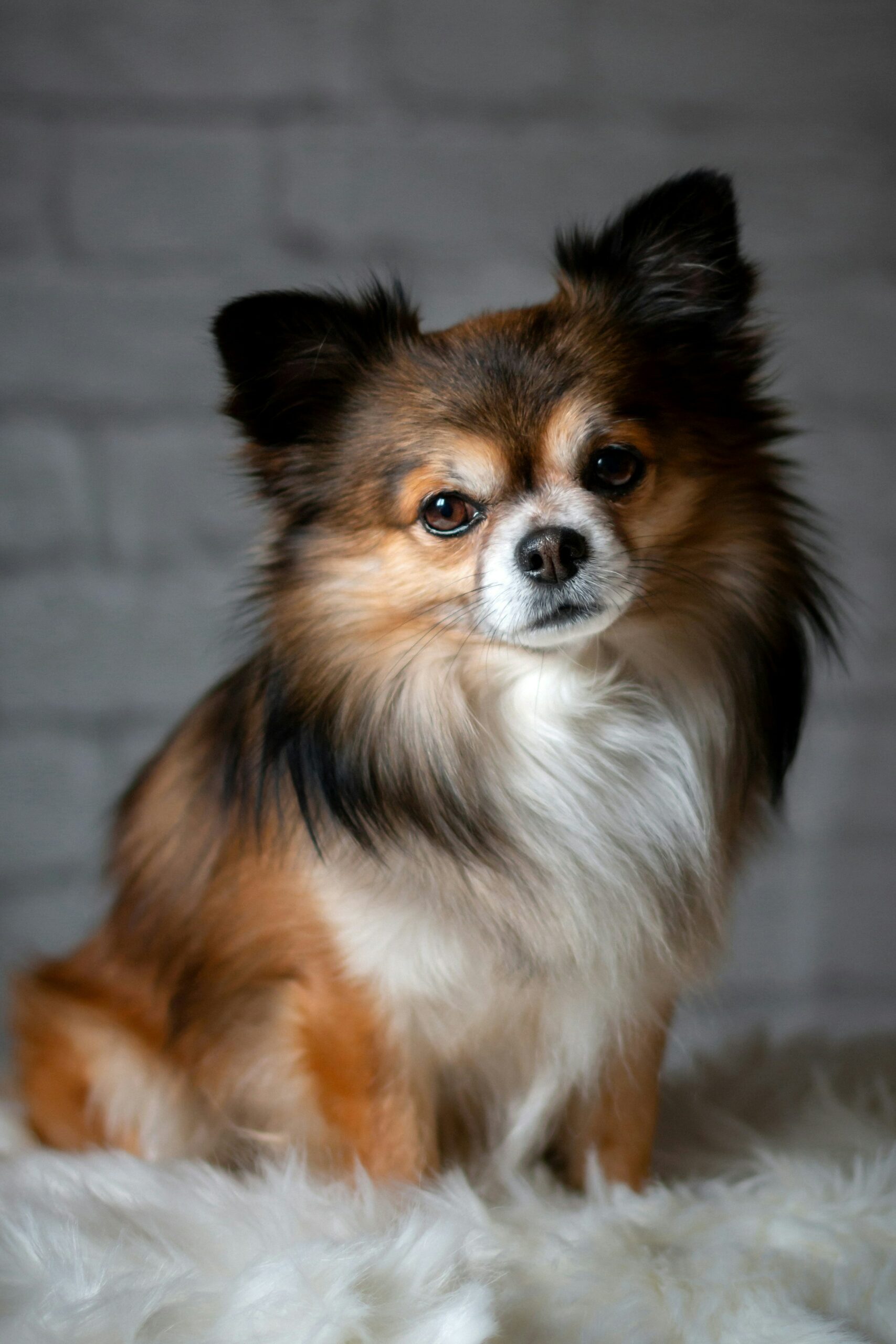Unveiling the Mysteries of Dog Fur: A Comprehensive Guide to Canine Hair Anatomy
Understanding the anatomy and physiology of dog fur and hair is crucial for maintaining the health and well-being of dogs, preventing skin issues, and providing optimal grooming practices.
Introduction to Dog Fur and Hair Anatomy
Dog fur and hair play essential roles in protecting the skin and regulating body temperature. The main difference between dog fur and hair lies in their structure and function. Fur typically refers to the thick, soft, and short hair covering the body, providing insulation and protection. On the other hand, hair refers to the longer, coarser strands found in specific areas like the tail and ears, offering sensory functions and aiding in camouflage. For example, breeds like the Siberian Husky have a double coat consisting of a dense undercoat for insulation and a longer topcoat for protection against the elements.
Proper grooming practices are crucial for maintaining the health and integrity of a dog’s fur and hair. Regular brushing helps prevent matting, distribute natural oils, and remove debris that can lead to skin issues. Understanding the differences in dog fur and hair structure among breeds can guide owners in providing appropriate care for their pet’s coat.
The Skin Structure of Dogs
The skin of dogs consists of three main layers: the epidermis, dermis, and subcutis. The hypodermis layer, located beneath the dermis, contains adipose tissue that acts as insulation and energy storage. This layer plays a vital role in maintaining body temperature and overall health. Skin appendages such as claws contribute to a dog’s ability to grip and dig, serving both functional and protective purposes. Additionally, dogs have specialized sweat glands called merocrine sweat glands located in their footpads, aiding in cooling through evaporation.
An example illustrating the importance of the skin’s structure in dogs is the adaptation of certain breeds like the Rhodesian Ridgeback, which has a unique ridge of hair growing in the opposite direction along its back. This feature is a result of the dermis and hair follicles working together to create a distinct physical characteristic specific to this breed.
Skin Appendages and Their Functions
Hair follicles in dogs go through a growth cycle consisting of three main phases: anagen (growth), catagen (transition), and telogen (resting). The duration of each phase varies depending on the breed and individual factors. The color of a dog’s coat is determined by the distribution and type of melanin produced in the hair follicles, leading to a wide range of coat colors and patterns. Dogs with shorter, denser coats are more prone to overheating, while those with longer, thicker coats have better insulation but may require more grooming maintenance to prevent matting and skin issues.
For instance, breeds like the Poodle, known for their hypoallergenic coats, have hair that grows continuously without shedding. This unique characteristic requires regular grooming to prevent matting and maintain the coat’s health. Understanding the growth patterns and functions of hair follicles in different breeds can help owners care for their dog’s coat appropriately.
Functions of Epidermis and Dermis
The epidermis of a dog’s skin plays a crucial role in maintaining the skin barrier function. Epidermal lipids are essential for preventing water loss, protecting against environmental irritants, and regulating cell proliferation and differentiation. Skin sensation in dogs involves various receptors, including thermoreceptors that respond to temperature changes, mechanoreceptors that detect pressure, and nociceptors that signal pain. Pruritus, or itching, is a common symptom in veterinary dermatology and can be caused by allergies, parasites, or skin infections, requiring thorough diagnostic evaluation and treatment.
An example illustrating the importance of the epidermis and dermis in dogs is the occurrence of hot spots, or acute moist dermatitis, which can result from bacteria or yeast overgrowth on the skin’s surface. This condition highlights the skin’s vulnerability to infections and the importance of maintaining a healthy skin barrier through proper grooming and care routines.
Hair Growth and Hair Loss in Dogs
Alopecia in dogs can result from hormonal imbalances, nutritional deficiencies, or underlying medical conditions, highlighting the importance of a comprehensive approach to diagnosis and management. The knowledge of hair follicle biology in dogs is crucial for developing effective treatments for conditions like folliculitis, alopecia, and coat abnormalities. Hair loss patterns in dogs can vary based on the underlying cause, with symmetrical hair loss often indicating hormonal issues, while focal hair loss may point to localized skin conditions.
Significance of Understanding Canine Hair Follicles
Advanced research on canine hair follicles has the potential to lead to innovative therapies for genetic hair disorders in dogs, improving both cosmetic appearance and skin health. The complex nature of canine hair follicles presents opportunities for exploring regenerative medicine techniques to address hair loss and skin conditions in dogs. By understanding the intricate anatomy and physiology of canine hair follicles, veterinarians can better diagnose and manage a wide range of dermatological issues in dogs, enhancing overall quality of care.



